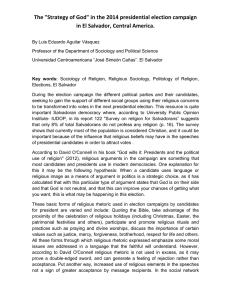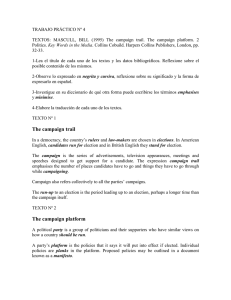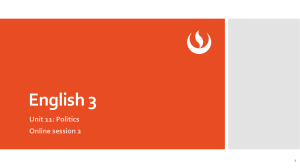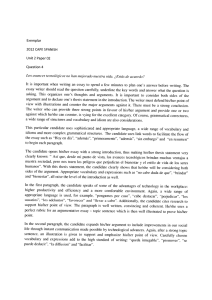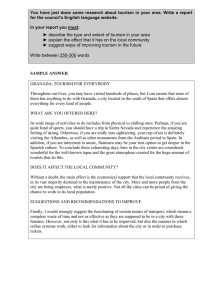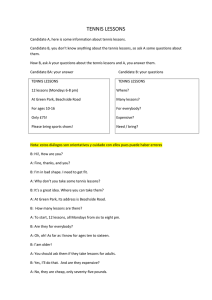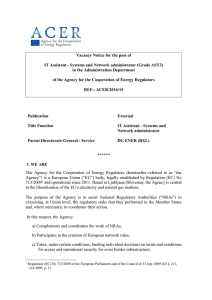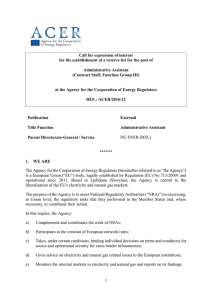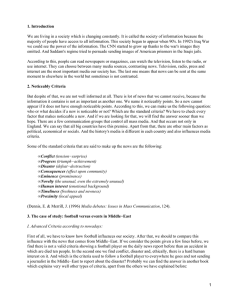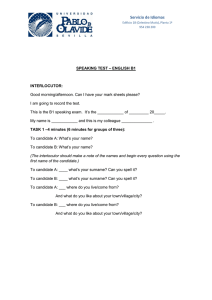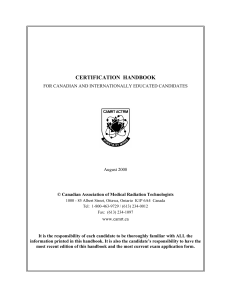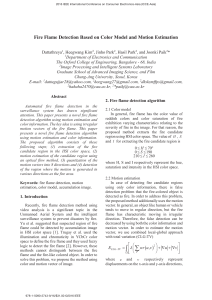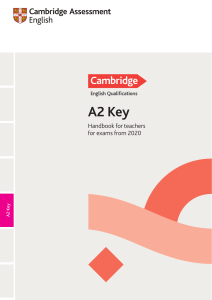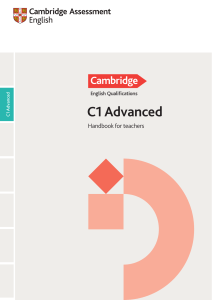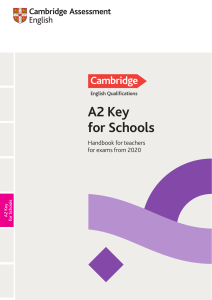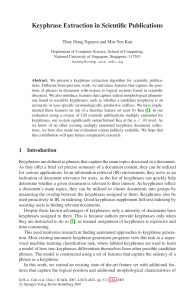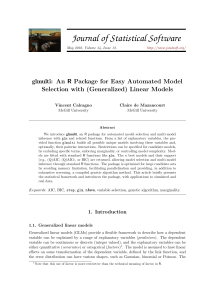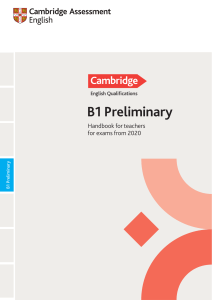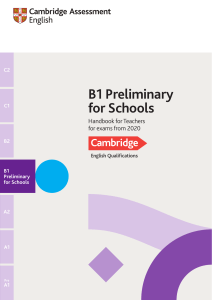Take-Home Page - Smithsonian Education
Anuncio
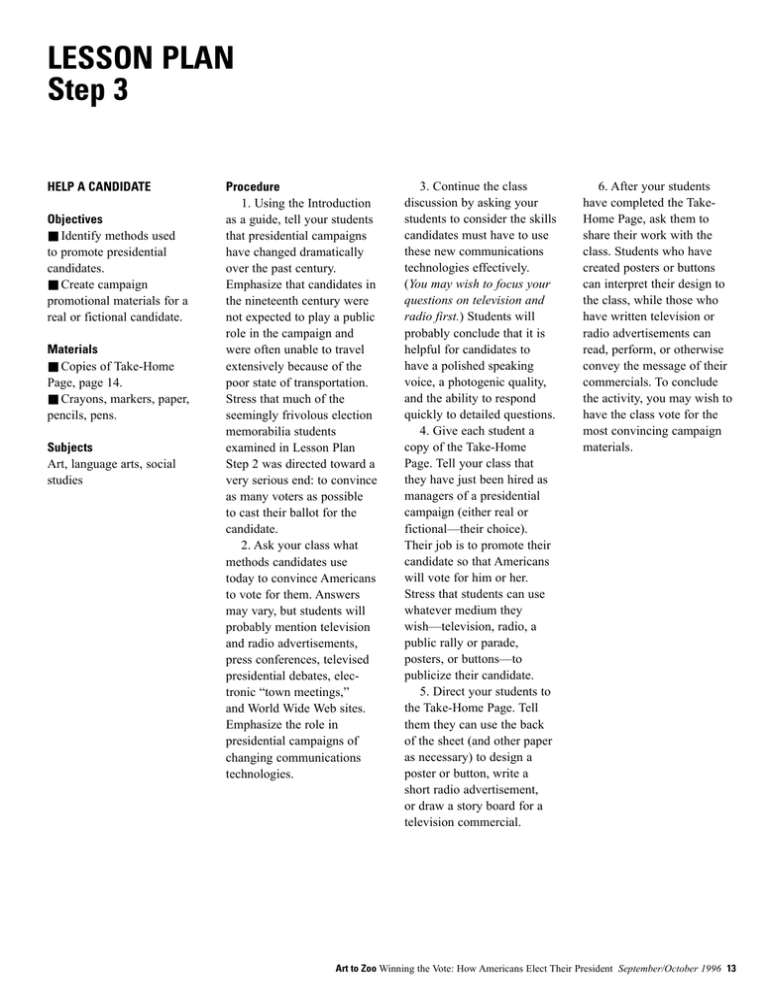
LESSON PLAN Step 3 HELP A CANDIDATE Objectives ■ Identify methods used to promote presidential candidates. ■ Create campaign promotional materials for a real or fictional candidate. Materials ■ Copies of Take-Home Page, page 14. ■ Crayons, markers, paper, pencils, pens. Subjects Art, language arts, social studies Procedure 1. Using the Introduction as a guide, tell your students that presidential campaigns have changed dramatically over the past century. Emphasize that candidates in the nineteenth century were not expected to play a public role in the campaign and were often unable to travel extensively because of the poor state of transportation. Stress that much of the seemingly frivolous election memorabilia students examined in Lesson Plan Step 2 was directed toward a very serious end: to convince as many voters as possible to cast their ballot for the candidate. 2. Ask your class what methods candidates use today to convince Americans to vote for them. Answers may vary, but students will probably mention television and radio advertisements, press conferences, televised presidential debates, electronic “town meetings,” and World Wide Web sites. Emphasize the role in presidential campaigns of changing communications technologies. 3. Continue the class discussion by asking your students to consider the skills candidates must have to use these new communications technologies effectively. (You may wish to focus your questions on television and radio first.) Students will probably conclude that it is helpful for candidates to have a polished speaking voice, a photogenic quality, and the ability to respond quickly to detailed questions. 4. Give each student a copy of the Take-Home Page. Tell your class that they have just been hired as managers of a presidential campaign (either real or fictional—their choice). Their job is to promote their candidate so that Americans will vote for him or her. Stress that students can use whatever medium they wish—television, radio, a public rally or parade, posters, or buttons—to publicize their candidate. 5. Direct your students to the Take-Home Page. Tell them they can use the back of the sheet (and other paper as necessary) to design a poster or button, write a short radio advertisement, or draw a story board for a television commercial. 6. After your students have completed the TakeHome Page, ask them to share their work with the class. Students who have created posters or buttons can interpret their design to the class, while those who have written television or radio advertisements can read, perform, or otherwise convey the message of their commercials. To conclude the activity, you may wish to have the class vote for the most convincing campaign materials. Art to Zoo Winning the Vote: How Americans Elect Their President September/October 1996 13 TAKE-HOME PAGE You’re the Campaign Manager TRABAJO PARA HACER EN LA CASA Tu Eres el Director(a) de Campaña To the teacher ■ Duplicate this page for students. ■ Use with Lesson Plan Step 3. Al maestro (a) ■ Copie esta página para los alumnos. ■ Usela con el tercer paso del plan de la lección. Publication of Art to Zoo is made possible through the generous support of the Pacific Mutual Foundation. Esta publicación ha sido posible gracias al generoso aporte de la Pacific Mutual Foundation. My candidate is Mi candidato(a) es People should vote for him/her because Debemos votar por el/ella porque Directions: Use the back of this page to promote your candidate by designing a button or poster or by writing/drawing a television or radio commercial. Instrucciones: A la vuelta de la página, diseña un botón o un cartel, redacta un comercial para la radio o televisión que da a conocer a tu candidato! 14 Art to Zoo Winning the Vote: How Americans Elect Their President September/October 1996
